Overview
The T-M15 Conservation of Energy DIY Learning Kit is a hands-on STEM project designed to teach the core physics principle of conservation of energy. Students assemble a working model that clearly shows how energy changes form – potential to kinetic, electrical, thermal, and mechanical – while total energy is conserved. This kit reinforces classroom theory with practical experimentation and visual learning.
Key Benefits for Students and Educators
- Reinforces physics concepts with active, experiential learning
- Builds problem-solving, observation, and fine motor skills
- Supports STEM curriculum objectives for science classes and labs
- Ideal for demonstrations, science fairs, and classroom projects
- Beginner-friendly design makes it suitable for a wide age range
Features and Highlights
- Energy Conversion Demonstration: Observe mechanical, electrical, and thermal energy changes in one model
- DIY Assembly: Unassembled kit with step-by-step instructions to promote hands-on learning
- Complete Components: Includes motor, pulley assembly, gears, linkages, wiring, and switches
- Power Options: Battery or solar power options available depending on the version
- Visual Learning: Moving parts and clear mechanical linkages show energy flow in action
- Safe Design: Student-friendly materials and components for classroom use
Package Contents
- Motor and pulley assembly
- Gears and mechanical linkages
- Power supply or solar component (depending on version)
- Base plate and structural parts
- Wiring, connectors, and switches
- Instruction manual and assembly guide
Specifications
- Concept Focus: Conservation and transformation of energy
- Assembly Type: DIY unassembled kit
- Power Source: Battery or solar (as applicable)
- Materials: High-quality plastic and metal components
- Skill Level: Beginner to intermediate
- Learning Topics: Physics, energy transformation, mechanical motion, renewable energy
How It Helps Teach Energy Concepts
During assembly and operation, learners can:
- Convert stored potential energy into kinetic motion using weights or springs
- Drive electrical components with mechanical motion to demonstrate electromechanical conversion
- Compare battery and solar power behavior to discuss renewable energy sources
- Measure and observe energy transfer between system components
Suggested Classroom Activities
- Guided build session followed by instructor-led discussion on energy conservation principles
- Student experiments altering load, gear ratios, or power source to observe changes in performance
- Science fair projects highlighting energy efficiency or renewable power comparisons
Safety and Support
- Designed with student safety in mind; all small parts and electrical components meet educational safety standards
- Clear assembly guide included; teacher tips help integrate the kit into lesson plans
Note: Images are for illustration purposes only.



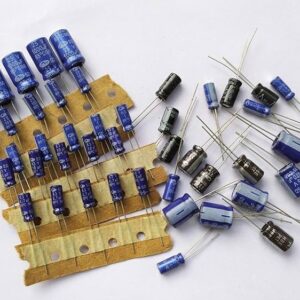
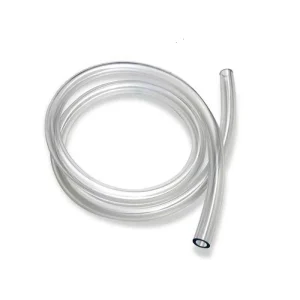
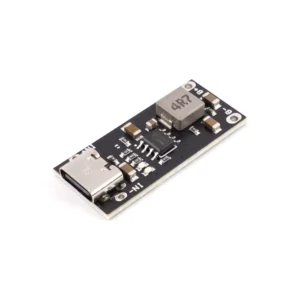
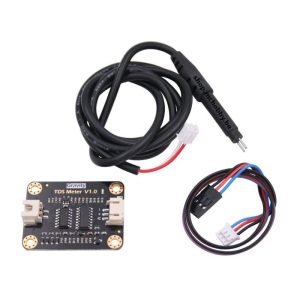
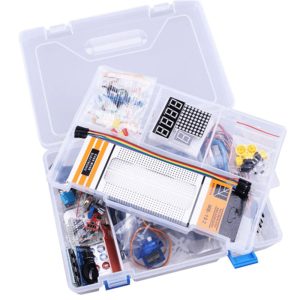
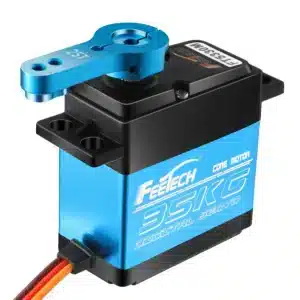
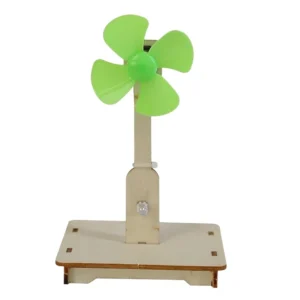

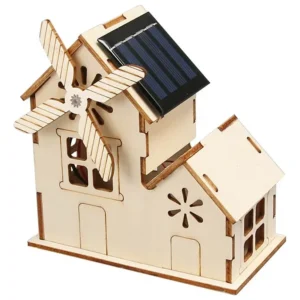
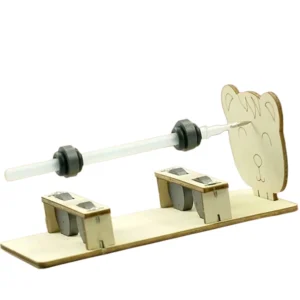

Reviews
There are no reviews yet